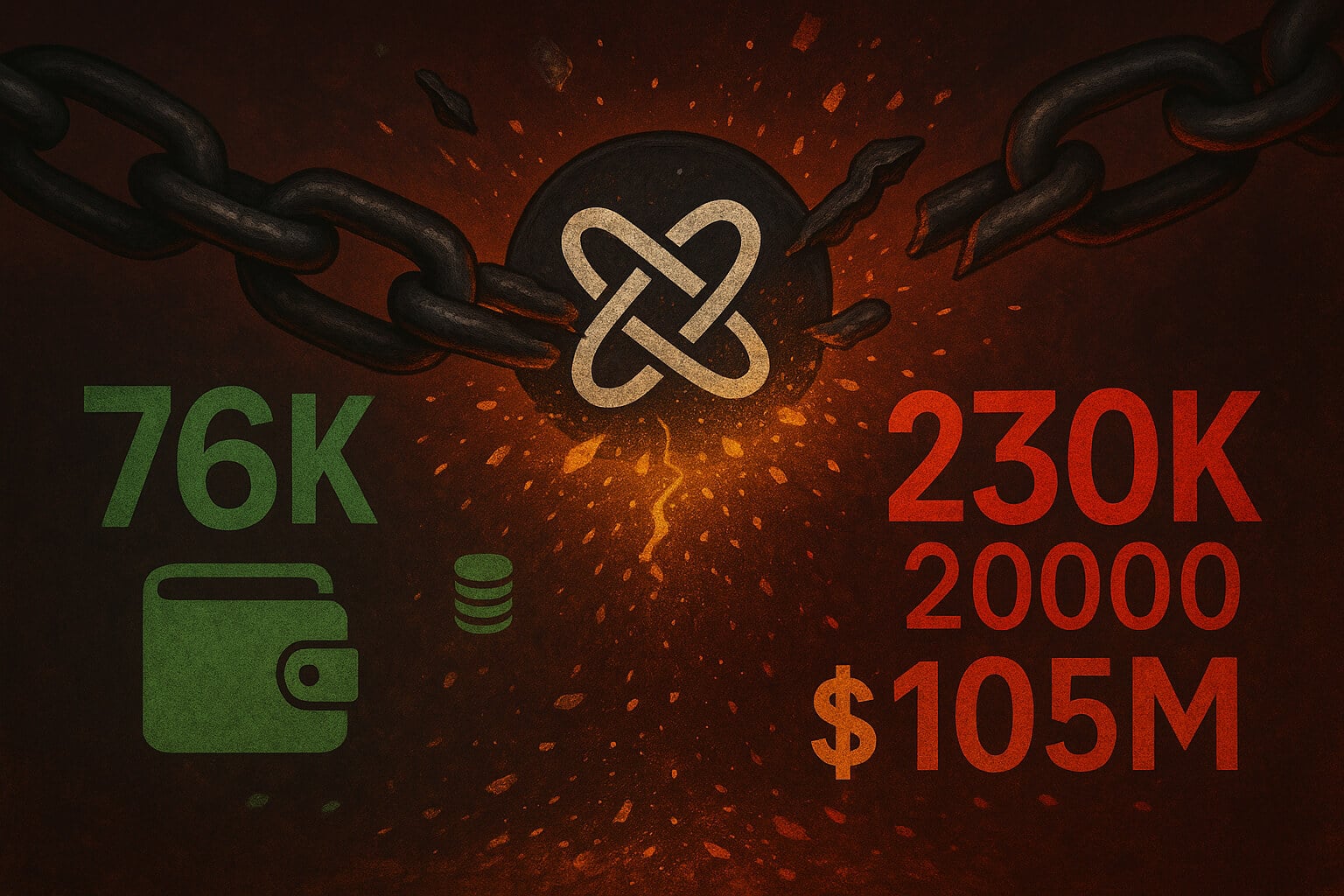Airdrop campaigns have become a popular method for blockchain projects to create buzz, incentivize early users, and distribute tokens widely. While airdrops can boost awareness and engagement, they also have a significant impact on token liquidity across both centralized and decentralized exchanges. Liquidity is a crucial factor for the success of any token, affecting its price stability, trading volume, and market depth. In this article, we’ll explore how airdrops influence token liquidity, the differences in impact on centralized versus decentralized exchanges, and the long-term implications for the token’s market presence.
1. How Airdrops Influence Token Liquidity
Airdrops affect liquidity in various ways. When tokens are distributed to thousands or even millions of wallet addresses, they often end up in the hands of users who may not be committed to holding them long-term. Instead, these users might decide to sell their airdropped tokens immediately, leading to an increase in supply on exchanges. This immediate selling activity can create liquidity, but it can also increase sell pressure, potentially driving the token’s price down.
On the positive side, airdrops can increase trading volume by bringing more participants to the market. As more users receive tokens, they are likely to experiment with trading, transferring, or staking, thus increasing on-chain activity and liquidity. However, the net impact on liquidity largely depends on the behavior of the recipients and the scale of the airdrop.
2. Impact on Centralized Exchanges (CEXs)
Centralized exchanges, like Binance, Coinbase, and Kraken, usually experience a surge in trading volume following a significant airdrop. When a large number of tokens become available, recipients often flock to these exchanges to liquidate their airdropped tokens, especially if the token is already listed. Here’s how airdrops influence liquidity on centralized exchanges:
- Increased Trading Volume: Large airdrops can bring an influx of new users to CEXs, increasing daily trading volume. For example, the Uniswap (UNI) airdrop in 2020 led to a substantial spike in UNI token trading volume on major exchanges.
- Sell Pressure and Price Volatility: With more users looking to sell their tokens, sell orders may flood the market. This increased sell pressure can lead to price volatility and, in some cases, a significant price drop. CEXs are particularly susceptible to this because they rely on a central order book, where rapid changes in supply and demand can cause price swings.
- Market Depth and Order Book Thickness: For tokens with strong interest and trading volume, airdrops can help deepen the order book. Market depth reflecting the buy and sell orders at different price levels improves as more people trade the token. However, if the airdrop recipients primarily focus on selling, the depth may become imbalanced with high sell orders and low buy interest.
3. Impact on Decentralized Exchanges (DEXs)
On decentralized exchanges (DEXs), like Uniswap, SushiSwap, and PancakeSwap, liquidity dynamics work differently. DEXs rely on liquidity pools rather than centralized order books, and their token prices are algorithmically determined based on the pool’s ratio of assets. Here’s how airdrops affect liquidity on DEXs:
- Increased Pool Liquidity: Airdrop recipients who are inclined to hold their tokens can contribute to liquidity pools by pairing their tokens with other assets (like ETH or stablecoins). For instance, recipients of the Compound (COMP) token airdrop added their tokens to liquidity pools on Uniswap, enhancing DEX liquidity and trading volume.
- Liquidity Provider (LP) Incentives: Some projects encourage airdrop recipients to provide liquidity by offering LP rewards. By incentivizing users to deposit their tokens into DEX pools, projects can bolster the token’s liquidity, creating a more stable and liquid market for trading. This approach also reduces the immediate sell pressure that often plagues airdrop campaigns.
- Price Impact and Slippage: Unlike CEXs, where market depth helps manage price swings, DEXs rely on liquidity pools, which are vulnerable to price impact and slippage. If a large number of airdropped tokens are dumped into a liquidity pool, it can cause a price imbalance, leading to significant slippage for subsequent trades. This issue is common in low-liquidity pools, where even a small transaction can move the token price noticeably.

4. Long-Term Impact of Airdrops on Token Liquidity
While the immediate impact of airdrops on liquidity is often noticeable, the long-term effects can vary widely depending on the token’s utility, community engagement, and project’s roadmap. Here’s what typically happens over the longer term:
- Building a Loyal User Base: Airdrops attract a diverse user base, but not all users will stick around. Projects that continue to engage with airdrop recipients and encourage token utility are more likely to retain users who contribute positively to liquidity. For example, if users can stake or use their tokens within the project’s ecosystem, they may be less inclined to sell, reducing sell pressure over time.
- Sustaining Liquidity through Incentives: Many projects extend their airdrop campaigns with follow-up incentives, such as yield farming, staking rewards, or governance participation. By offering additional rewards for holding or staking tokens, projects can sustain liquidity on DEXs and CEXs, creating a more balanced market environment.
- Market Perception and Token Value: Airdrops can shape the market’s perception of a token. While some see it as “free money” to be sold off, others view it as an entry point into a promising project. Projects that position their airdrops strategically like distributing to users who are genuinely interested in the project often see better liquidity outcomes as these users tend to hold and engage rather than sell immediately.
5. Case Studies: Airdrop Campaigns and Their Liquidity Impact
- Uniswap (UNI) Airdrop: In September 2020, Uniswap airdropped 400 UNI tokens to its early users, creating immediate liquidity on exchanges. This led to a surge in UNI trading on both CEXs and DEXs, with high trading volumes and price volatility. The event increased liquidity but also highlighted the short-term sell pressure created by airdrops.
- Arbitrum Airdrop Speculation: Although not yet an official airdrop, speculation around a potential Arbitrum airdrop has led to significant on-chain activity. Users are interacting with the Arbitrum network in hopes of qualifying for an airdrop, which has boosted liquidity in Arbitrum-related pools on DEXs. This shows that even airdrop anticipation can positively affect liquidity as users prepare their wallets and interact with the ecosystem.
- ENS (Ethereum Name Service) Airdrop: The ENS token airdrop in November 2021 rewarded users who had registered .eth domains. It spurred substantial trading activity on CEXs and DEXs, but the community-driven nature of ENS attracted users interested in governance, not just profit. As a result, many recipients retained their tokens, creating stable liquidity rather than sudden sell-offs.
Conclusion
Airdrops are a powerful tool for blockchain projects looking to boost token liquidity and expand their user base. However, the impact of airdrop campaigns on liquidity varies significantly between centralized and decentralized exchanges. While CEXs benefit from increased trading volume and market depth, they can also suffer from price volatility due to sell pressure. DEXs, on the other hand, leverage liquidity pools, which can face issues like slippage and price impact when token supply surges post-airdrop.
For projects, structuring airdrops to encourage long-term engagement and liquidity provision is key to achieving sustained liquidity benefits. For users, understanding these dynamics can help in making informed trading decisions during airdrop events. As the cryptocurrency space evolves, airdrops will continue to play a vital role in shaping token markets, impacting liquidity, and driving user adoption.
For more insights and detailed guides on how to leverage tokenized assets in the crypto space, visit our Blockchain Technology Guides.
Stay Updated
For the latest updates on airdrops, tokenized assets, and crypto trends, follow us on:
Stay informed with the latest strategies and insights in the world of cryptocurrency at FreeCoins24.io.
Special Offer
Want to trade tokens from tokenized assets and access exclusive airdrops? Sign up on Bybit today and enjoy up to $30,000 in deposit bonuses! Don’t miss out on a top crypto trading experience.

















